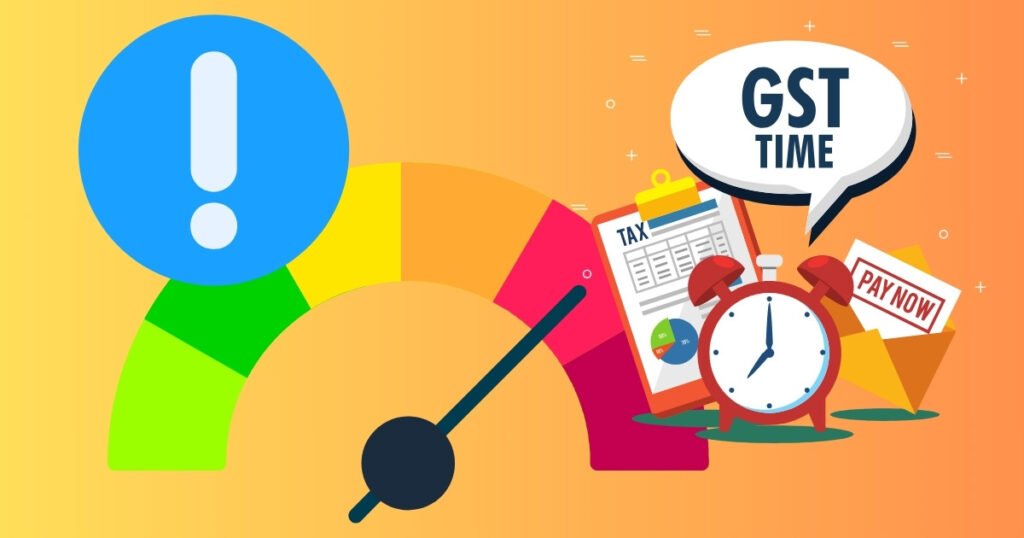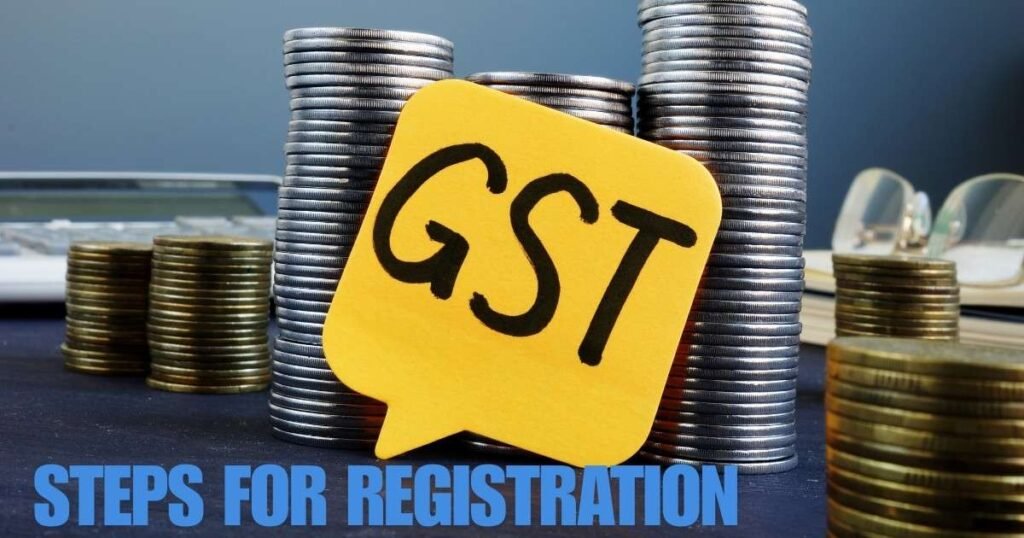What is GST?

Goods and Services Tax (GST) is a broad-based tax levied on the supply of goods and services. It’s a consumption tax imposed on the value addition at each stage of the supply chain.
Why is GST registration necessary?
Businesses in Australia are required to register for GST if their annual turnover exceeds the GST registration threshold limit. This threshold is the minimum turnover at which a business must register for GST.
Overview of GST registration thresholds
The GST registration threshold limit in Australia is currently A$75,000. If your business’s annual turnover exceeds this limit, you must register for GST.
Note: It’s important to keep in mind that there are specific circumstances where businesses may need to register for GST, even if their turnover is below the threshold.
GST Registration Threshold Limits

General Threshold
The current GST registration threshold limit in Australia is A$75,000. This means that if your business’s annual turnover exceeds this amount, you are required to register for GST.
While the GST registration threshold limit is generally straightforward, there are a few factors that can influence whether you need to register:
- State-specific rules: Some states may have additional rules or exemptions that could affect your GST registration obligations.
- Special categories of businesses: Certain types of businesses, such as those supplying digital products or services, may have specific rules regarding GST registration, regardless of their turnover.
Threshold for Special Categories
In addition to the general GST registration threshold limit, there are specific thresholds for certain categories of businesses:
- Input Service Distributor (ISD): Businesses that act as an intermediary between suppliers and recipients of taxable services may need to register for GST, even if their turnover is below the general threshold.
- Non-Resident Taxable Person (NRTP): Foreign businesses supplying goods or services to Australian consumers may need to register for GST if they meet certain criteria.
- Casual Taxable Person: Businesses that occasionally supply goods or services in Australia may need to register for GST on a casual basis.
- Persons supplying online information and database access or retrieval services: Businesses that supply these types of services to Australian consumers may need to register for GST, regardless of their turnover or location.
It’s important to note that these are just some of the special categories of businesses that may have specific GST registration threshold limits or other registration requirements.
Consequences of Non-Registration

Failing to register for GST when required can have serious consequences for your business. These include:
- Penalties and fines: The Australian Taxation Office (ATO) can impose significant penalties and fines on businesses that fail to register for GST or comply with their GST obligations.
- Legal implications: Non-compliance with GST laws can lead to legal action, including potential court proceedings.
- Impact on business operations: Not being registered for GST can affect your ability to claim input tax credits, charge GST on your sales, and comply with other tax obligations. This can lead to increased costs and potential financial difficulties.
How to Register for GST

If your business exceeds the GST registration threshold limit or falls into a special category that requires registration, you can register for GST online through the Australian Business Register(ABR).
Here’s a general step-by-step process for GST registration:
- Create an ABR account: If you don’t already have one, you’ll need to create an ABR account to access the online registration portal.
- Gather necessary documents: You’ll need to provide certain documents, such as your business’s ABN, details about your business structure, and information about your directors or partners.
- Complete the online registration form: Fill out the online registration form, providing accurate information about your business and its activities.
- Submit your application: Once you’ve completed the form, submit your application online.
- Wait for confirmation: The ATO will review your application and notify you of the outcome.
Note: The specific steps and requirements for GST registration may vary depending on your business structure and circumstances. It’s recommended to consult with a tax advisor or accountant to ensure you comply with all relevant regulations.
Key points to remember:

- The current GST registration threshold limit is A$75,000.
- Special categories of businesses may have different registration requirements.
- Non-compliance can lead to penalties, legal issues, and operational challenges.
- Timely registration through the ABR portal is essential.
To maintain GST compliance, businesses should:
- Monitor turnover regularly: Keep track of your annual turnover to determine if you’ve crossed the threshold.
- Stay updated on GST changes: Be aware of any changes to the GST registration threshold limit or other GST rules.
- Seek professional advice: Consult with a tax advisor or accountant to ensure accurate compliance.
- Maintain accurate records: Keep detailed records of your business transactions to support your GST returns.
By understanding the GST registration threshold limit and taking proactive steps to comply with GST regulations, businesses can minimize risks and operate smoothly in the Australian market.
Conclusion
In conclusion, understanding the GST registration threshold limit is crucial for businesses operating in Australia. Exceeding this threshold or falling into a specific category necessitates GST registration to ensure compliance with tax laws.

